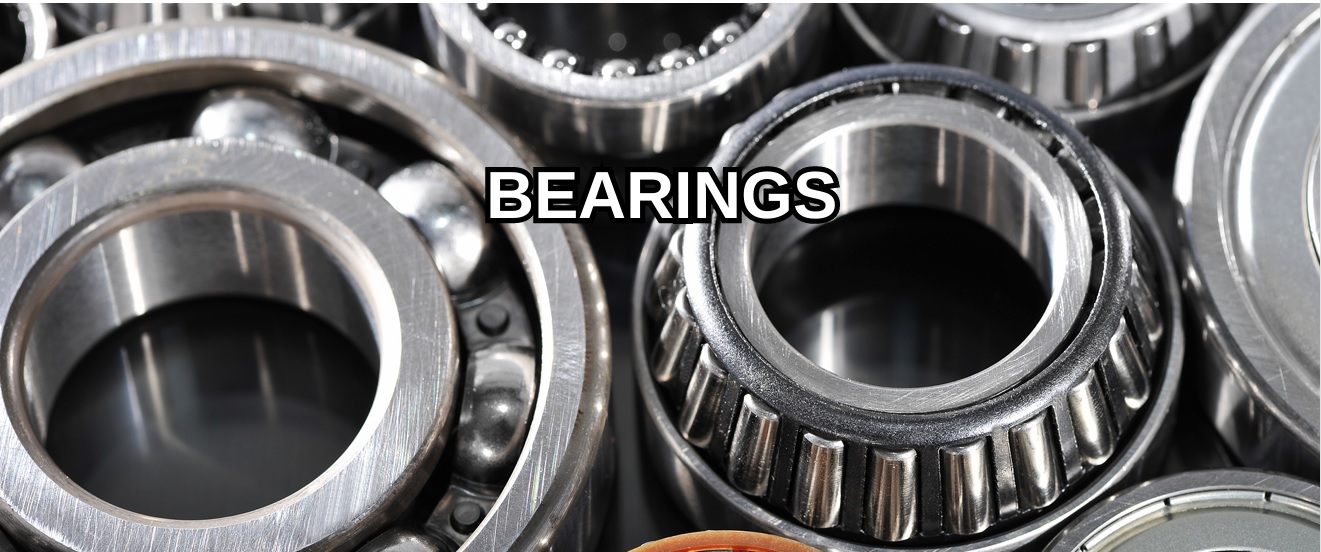
Session Details
USD 4,500.00
excl. VATOverview
This 5-day training program provides a solid technical and practical foundation in bearing systems and their role in improving the performance of industrial rotating equipment. Participants will learn about different bearing types, construction, working principles, selection criteria, installation, inspection, lubrication, maintenance, and troubleshooting.
The course also covers bearing failure modes, supporting loads, lubrication systems, lubricant properties, and basic condition monitoring and power transmission principles to ensure asset reliability and operational excellence.
Ideal for engineers, technicians, and maintenance professionals, this course equips participants with the skills to improve equipment reliability, reduce downtime, and extend machinery life through proper bearing and lubrication practices.
Learning Objectives
By the end of this training, participants will be able to:
Gain a robust technical and practical understanding of various bearing types and their design features.
Understand the fundamentals and functions of bearings in machinery.
Identify different types of bearings and their applications.
Learn essential techniques for maintaining, servicing, inspecting & selecting industrial bearings.
Understand the basics of machinery lubrication, including system types, key lubricant characteristics & failure modes.
Apply correct lubrication and mounting practices.
Recognize common bearing failure modes and apply troubleshooting techniques.
Implement preventive and predictive maintenance for bearings.
Gain awareness of advanced and smart bearing technologies.
Who Should Attend
Mechanical and Maintenance Engineers
Reliability Engineers and Technicians
Plant Operators and Equipment Maintenance Staff
Design Engineers and R&D Professionals
Students and professionals interested in machinery components
Course Outline
Definition and function of bearings
Importance of bearings in machines and equipment
Friction, wear, and load considerations
Comparison between friction types
The forces acting on the shaft & bearing load zone.
Classification of Bearings
Rolling Contact (Anti-Friction) Bearings
Advantages & Disadvantages
Types of Rolling Elements
Bearing Loads & Bearing Arrangement
Ball bearings (deep groove, angular contact, thrust)
Roller bearings (cylindrical, spherical, tapered, needle, thrust)
Plain (Friction) Bearings (Bushings/Journal Bearings)
Tilting-pad Bearings
How does oil flow in a Thrust Bearing
Magnetic and Fluid Film Bearings
Comparison of bearing types (advantages, limitations, applications)
Bearing rings, rolling elements, cages, and seals
Bearing materials (steel, ceramics, composites, polymers)
Surface treatments and coatings
Load capacity (radial, axial, combined)
Speed rating and operating conditions
Alignment and misalignment considerations
Environmental factors (temperature, contamination, corrosion)
Standards and manufacturer guidelines (ISO, ANSI, DIN)
ISO Identification of Anti-Friction Bearings
ISO Bearing Standards
Non-ISO Standards and Codes
ISO Bearing code, type, and Size
Generic Supplementary Designations.
Bearing clearance.
Lubrication Excellence Program
Importance of lubrication in bearings
Oil vs. grease lubrication
Solid lubrication and advanced lubrication methods
Lubrication intervals and best practices
Centralized lubrication systems
Over-greasing doesn’t pay
Bearing regular inspection
Proper handling and storage of bearings
Mounting and dismounting methods (thermal, hydraulic, mechanical)
Tools and equipment for installation
Alignment practices
Test Running & Reliability Assurance
Preventive and predictive maintenance
Common bearing problems (overheating, vibration, noise, wear, spalling)
Condition monitoring techniques (vibration analysis, thermography, ultrasound, oil analysis)
Root cause analysis of bearing failures
Automotive, aerospace, railways, and marine
Heavy industries (steel, mining, cement, oil & gas)
Power generation and wind turbines
Robotics, precision machinery, and medical devices
Ceramic and hybrid bearings
Self-lubricating and maintenance-free bearings
Smart bearings with sensors for IoT monitoring
High-performance coatings for extreme environments
Bearing Failures
Bearing Killers & the reason for bearing defects
Don’t Destroy the Evidence
Bearing Failure Terms
12 Reasons Why Bearings Fail
Bearing Sealing Devices
Non-Contact Seal Types (Labyrinth, normally used with Sleeve Bearing)
Contact or Lip seals types.
Bearing isolators
Session Details
USD 4,500.00
excl. VATDo you have any questions ?
Jubail Industrial City, Saudi Arabia
373 road 112, First Industrial Area, Unit No.: 1 Al Jubail 35717 - 7043 KSA
Explore
About
© 2026 BK Consultancy & Training
All rights reserved.